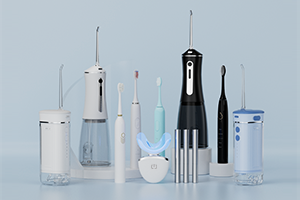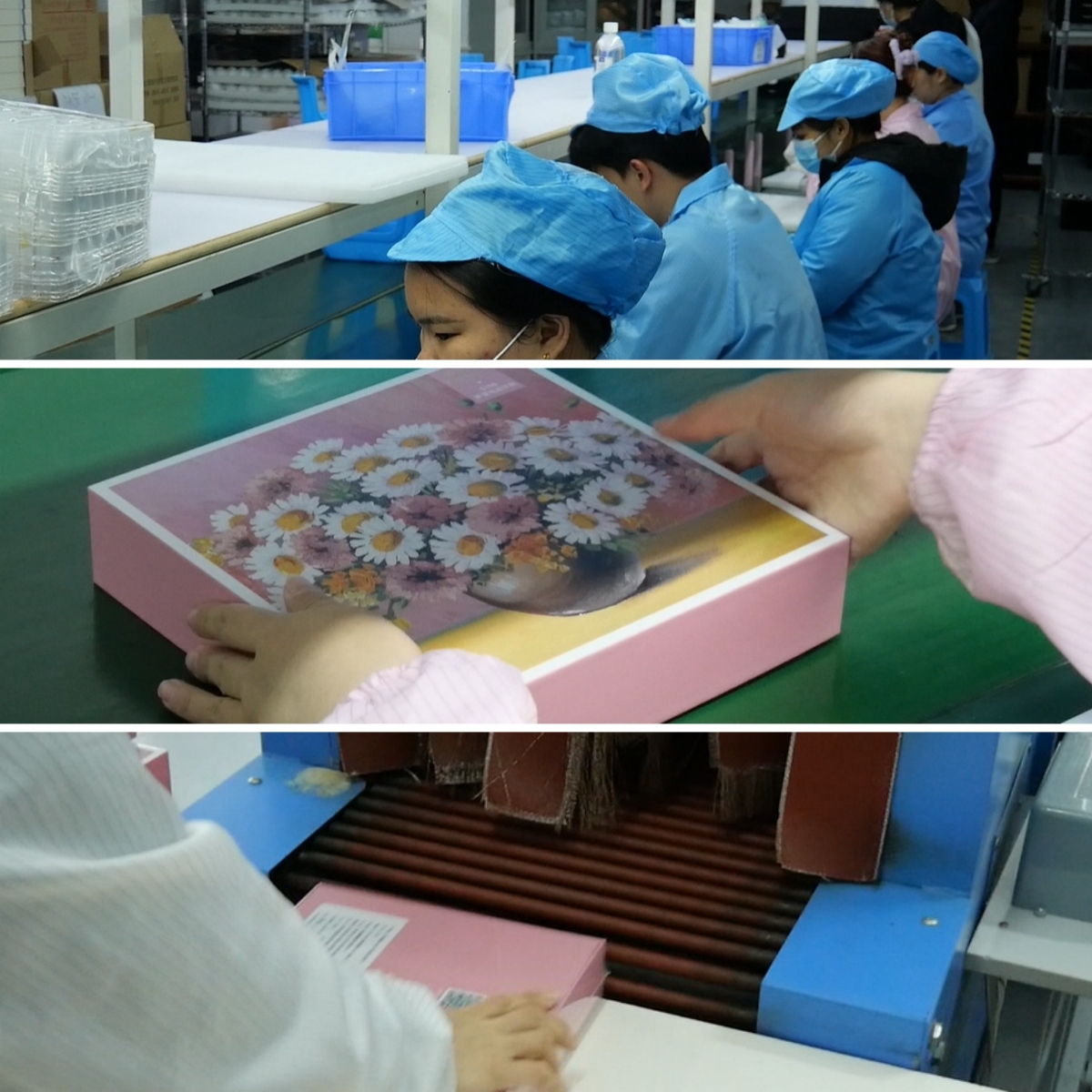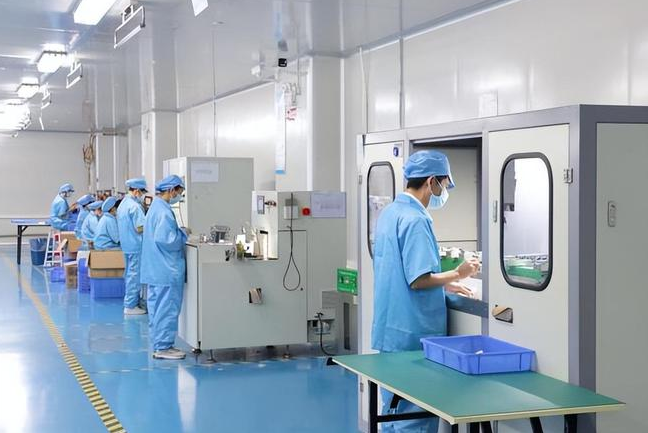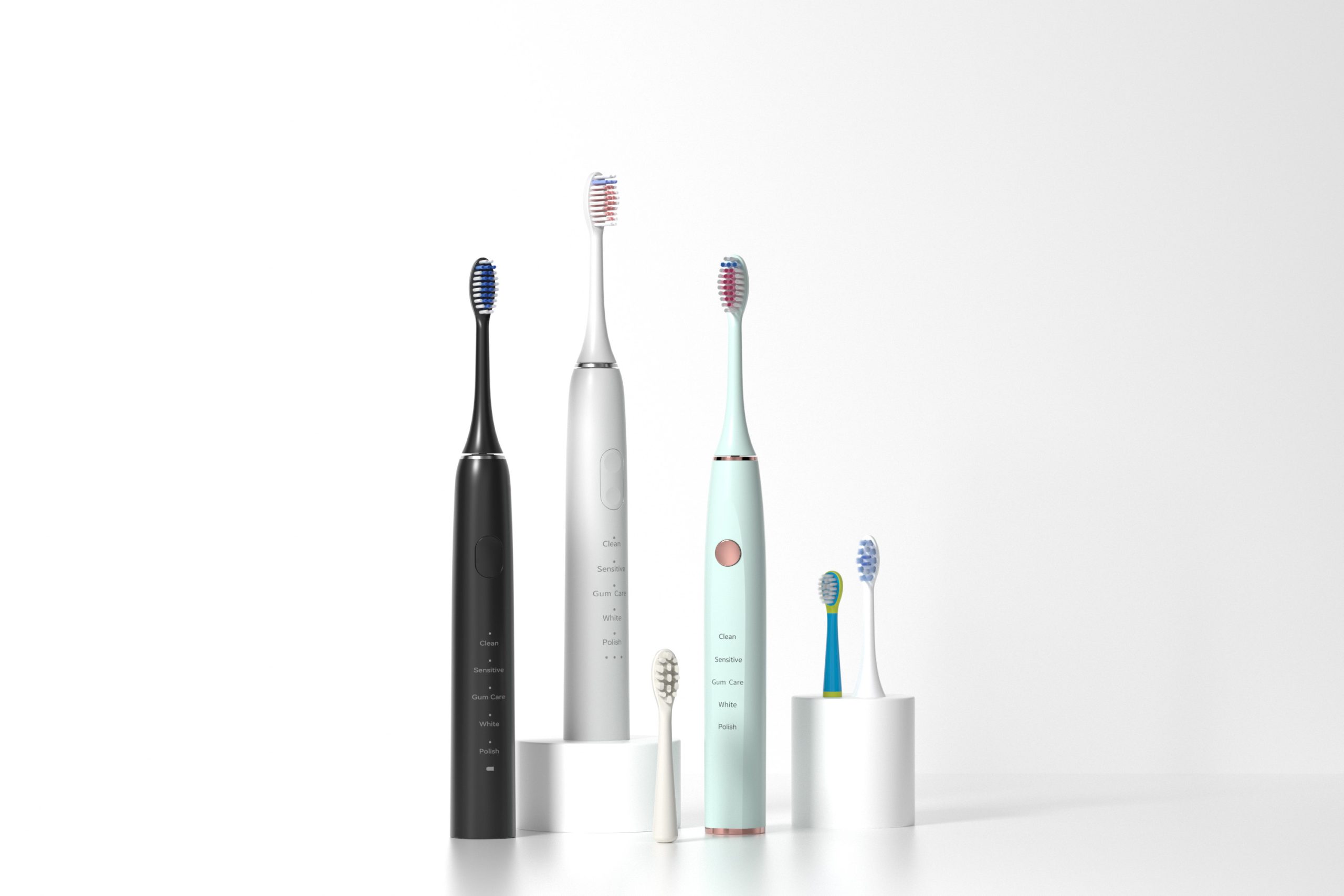The best way to deal with this fungus among us is to avoid it from occurring in the first place. That means actively taking steps to prevent mold in a water flosser so that your dental health remains pristine.
One of the best ways to tackle prevention is deep cleaning the machine once a month at least, but the more often the better. Keeping the tool clean aids in the removal of potentially harmful particles such as spores, bacteria, and mycotoxins, as well as potential food sources such as organic matter and mineral buildup. It also helps ensure that the machine continues to work properly; a malfunctioning water flosser is an open door for retaining moisture and allowing for mold growth.
Any particle left behind, whether it be mold, mycotoxins, or bacteria, means that exposure continues and any adverse health reactions will persist. That’s why it’s best to start fresh with a UVC sterilization water flosser. This makes your oral care routine more hygienic and you don’t have to worry about mold problem.

White vinegar: This is a descaler, meaning it will pull particles up from a surface, and it also has antifungal and antibacterial properties.
8% hydrogen peroxide: This is also a descaler and has antimicrobial properties.
Microfiber towels: These are 100 times better at removing small particles than regular rags.
Bucket and spray bottle: To hold the cleaning solutions.
Tiny scrubby brush: For use on hard-to-reach areas:
Protective gear (mask and gloves): To decrease the level of exposure to any particles present on the water flosser.
Once you’ve got everything set up and ready to go, you can dive in. Make sure to double-check the user manual for a list of what can be removed from the tool, as well as its cleaning instructions. Every machine is different, so trust the experts for this task.
For those not in a position to replace their water flosser, you can attempt to deep clean using the steps above, but complete the process at least three times and remove as many particles as possible. If that mold comes right back or symptoms continue, that contamination is more than likely still present in the machine, and it’s time to throw it in the garbage.
Again, though, it’s best to err on the side of caution and just go ahead and toss your mold oral irrigator. When it comes to your health, going above and beyond is always worth the investment.
.jpg)
Electric Toothbrush Noise Level Test: Powsmart vs. Philips & Oral-B
Gum Bleaching from Pulpitis Risk – Whitening Gone Wrong?
.jpg)
Why is a travel case essential for your portable toothbrush?
.jpg)
How to support dental charity? Free clinics in Kirkland

How to Choose a Reliable Water Flosser Factory? – Practical Guidelines for Brands to Choose Oral Irrigator Suppliers

Features of Electric Oral Care Products for Outdoor Enthusiasts

Luxury Electric Toothbrush OEM: Premium Materials and Finishes

Can I Use an Electric Toothbrush in the Shower?
.jpg)
Does Sharing Charging Bases Cut Costs?

Electric Toothbrush Factory – Tell You the Proper Way to Brush Your Teeth

Good habits can whiten teeth that you should know

High-Flexibility Electric Toothbrush OEMs: Customization for Diverse Demographics

Quality of Product is Vital to the Success of an Enterprise

Improve Your Oral Hygiene with These Toothbrush Care Tips

Oral care beauty trend :How Oral Care Became Beauty’s Sexiest New Category
IPX7 Waterproof Sealing & Nano Adhesion Coating for Brush Handles

Electric toothbrush heads Charcoal Infused-Diamond

Private Label Whitening Gel

Customization Teeth Whitening Gel

electric toothbrush heads Deep Clean

electric toothbrush heads Charcoal Infuse-Round

electric toothbrush heads Regular Clean

electric toothbrush heads Ultra Soft
.jpg)
Florida Electric Toothbrush – Powsmart PTR-C8
whstapp
whstapp
National Toll-Free Service Hotline
+86 755 86238638